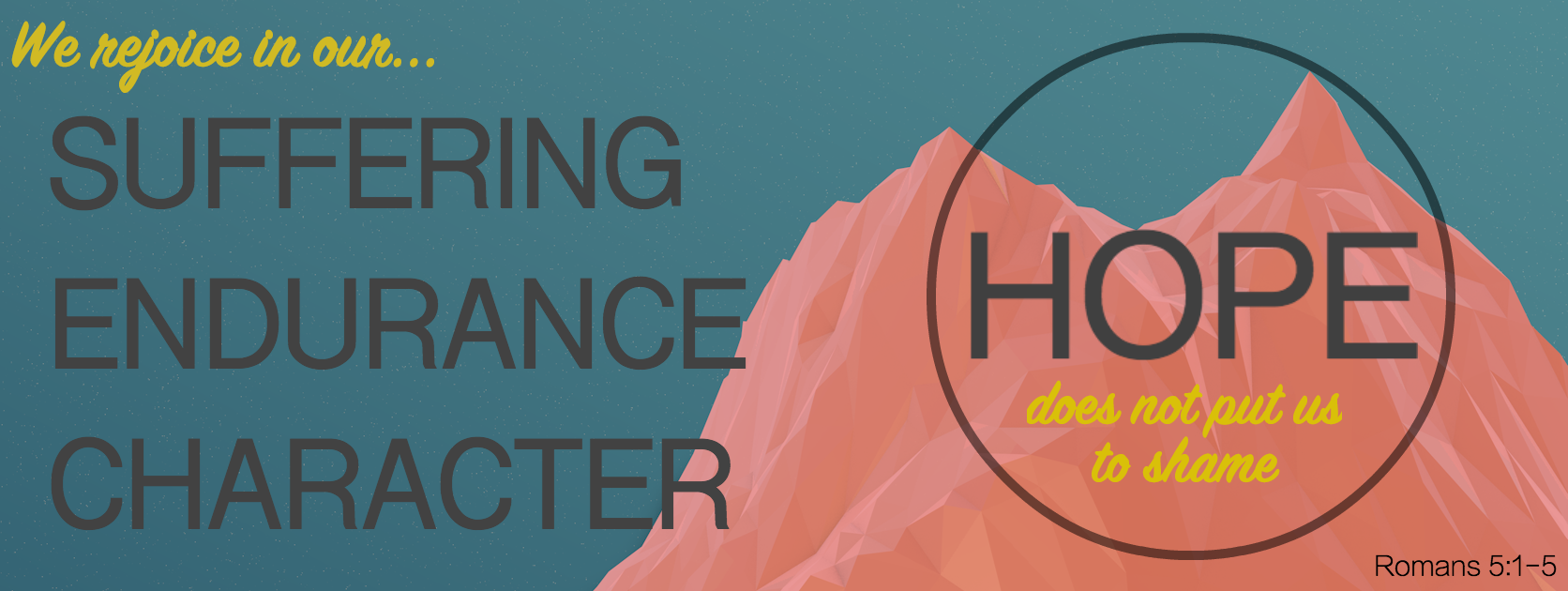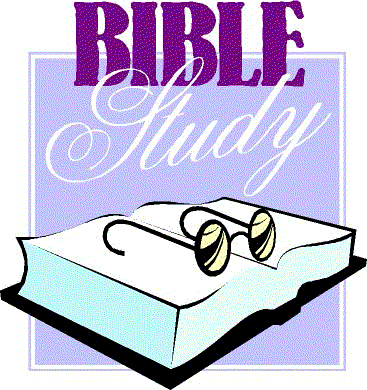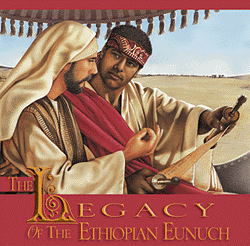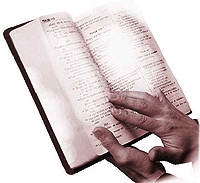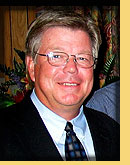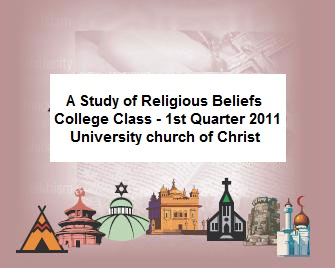Home | About Us | Directions | Bulletins | Sermons & Audio | Cross Of Christ Studies | Classes | Student and Parent Resource Page | Dangers Facing the "Non-Traditional"
The Prophets Speak of Calvary
by Homer Hailey
|
Immediately following the sins of Adam and Eve, Jehovah made the first promise that looked to Calvary. The seed of the woman would bruise the head of the serpent, but in the conflict his (the seed's) heel would be bruised. This was fulfilled in the cross of Christ where figuratively his heel was bruised in comparison to the crushing of Satan's head or power (Gen. 3:15). This promise was followed by a symbolic act: instead of fig leaf aprons made by man, Jehovah provided coats of skins for man's covering (Gen. 3:21), which required the death of animals. An adequate covering for sinful man would necessitate the death of a redeemer. The Old Testament is God's history of the coming of this one; all animal sacrifices pointed to a supreme sacrifice. Of the many prophets and their word to which appeal could be made, three will suffice: David (Psa. 2 and 22), Isaiah (Isa. 52:13-53:12) and Zechariah (Zech. 12,13). David (Psalms 2, 22) Psalm 2 tells of the conspiracy of the nations and peoples to break asunder the bond between Jehovah and his anointed by putting the anointed to death (vv. 1-3; Acts 4:25-28). But death could not break the bond or thwart God's purpose; Jehovah would laugh at their efforts, setting the king of his choice upon the throne in Zion (vv. 4-6). God would raise him from the dead (v. 7; Acts 13:33), give him the nations for an inheritance, which he would rule over and break in pieces as one would smash a potter's vessel with an iron rod (vv. 8,9; Rev. 12:5). That this glory of kingship and rule should be attained through the cross is clearly set forth in Psalm 22, Isaiah and Zechariah. Whatever the occasion in David's life that prompted the writing of Psalm 22, the prophet looked beyond it and saw the suffering and victory of his seed. Peter's word must govern our interpretation of such passages, who said, "Concerning which salvation the prophets sought and searched diligently, who prophesied of the grace that should come unto you: searching what time or what manner of time the Spirit of Christ which was in them did point unto, when it testified beforehand the sufferings of Christ, and the glories that should follow them to whom it was revealed, that not unto themselves, but unto you did they minister these things" (1 Pet. 1:10-12). David's cry, "My God, my God, why hast thou forsaken me?" (v. 1), was the Savior's cry from the cross (Mt. 27:46). The people laugh him to scorn, shoot out the lip, shake their heads in derision, and taunt him, saying, "Commit thyself to Jehovah; let him deliver him" (vv. 7,8; Mt. 27:39,43). Fierce, insensitive, brutish men, acting as wild bulls, beset him round about (v. 12); as roaring lions they were ready to leap upon their prey (v. 13). Enduring such inhuman treatment, the suffer's physical power ebbed from him; he became as water poured out, and heart melted as wax. His strength dried up, and in the agonizing thirst of the hour, his tongue cleaved to his jaws (v. 15), but they responded to his cry of thirst by giving him vinegar to drink, which he refused (Psa. 69:21; John 19:28-30). As a pack of vicious dogs, unclean scavengers of the alleys, a company of evildoers, they hounded him to his death (v. 16). This cry for his death and the people's mistreatment is followed by a cry from the sufferer, "They pierced my hands and my feet" (v. 16). "Pierced" is from a Hebrew word meaning "violence" as of a young lion, which has led some to reject the translation as it stands, thereby avoiding the concept of crucifixion. However, from the following, "I may count all my bones" (v. 17a), it may be concluded that the picture is one of crucifixion in which the hands and feet are pierced with nails or spikes driven through them into the wooden cross, thereby stretching the body to such an extent that the bones of the thorax may be easily counted. "Thy look and stare upon me," "they part my garments among them, and upon my vesture do they cast lots" (v. 18; John 19:23,24). This description of suffering and humiliation is followed by one of victory and glory (vv. 22-31). The entire picture is too vivid and complete in detail to be anything other than that of Christ on the cross of Calvary. It is revelation by God that when fulfilled, the people would be compelled to recognize it as divinely pre-determined. Isaiah (Isa. 52:13-53:12) When we reach Isaiah's description of the suffering Servant some three hundred years after David, Jehovah sees fit to reveal the purpose and goal of Calvary, which the Servant-Son must achieve through sacrifice. "He shall be exalted and lifted up, and shall be very high" (52:13), but before this, he must stoop to the cross with all of its degradation, dishonor and disgrace, which the prophet proceeds to describe. Having been horribly mistreated at his trials and by his crucifixion, there would be no physical beauty or royal attractiveness in him by which to draw the people. Instead, he would repel them. The spiritual beauty of his character and the reflections of divine being in his demeanor were blindly overlooked (53:1-3). Isaiah sees him as a vicarious sufferer, bearing the sins of others, wounded and bruised "for our transgressions" - those who were putting him to death - with Jehovah laying "on him the iniquity of us all" (vv. 4-6). The prophet sees the Servant's judicial trials as a mockery, a total miscarriage of justice, his death as a sacrificial lamb being offered for transgressions of the people, and his being "cut off out of the land of the living" by a violent death. He saw the Servant's grave being made with the wicked, and with a rich man in his death (vv. 7-9; Mt. 27:57-60); all of which was fulfilled in Jesus and Calvary. Yet his death was not a defeat but a victory. He became an offering for sin; his life was not terminated on the cross, for, "He shall see his seed; he shall prolong his days," which points to the resurrection and what would follow. He should carry on Jehovah's work: "the pleasure of Jehovah shall prosper in his hand." By the knowledge of himself many shall be justified, for "he shall bear their iniquities." In his victory through suffering and death, he would bind Satan and "divide the spoil with (him) the strong; because he poured out his soul (life) unto death" (vv. 10-12; cf. Matt. 12:29; Lk. 11:21,22, where Jesus points to the binding of the strong man, Satan, and dividing the spoil with him; also Heb. 2:14; Col. 2:15). Truly, not Abraham only, but the prophets also rejoiced to see his day, "and (they) saw it, and (were) glad" (John 8:56), because it meant their own redemption. Zechariah (Zech. 12,13) Approximately two centuries after Isaiah, the Spirit advanced a step further in revealing the mystery of Calvary. There would come a day when Jehovah would pour upon the house of David, and upon the inhabitants of Jerusalem, "the spirit of grace and of supplication; and they shall look upon me whom they have pierced" (12:10). Jehovah here identifies himself with the one pierced (whom having pierced, they would look unto), for the one coming would be called "Immanuel - God with us" (Isa. 7:14; Mt. 1:23). So, whether "me" or "him" (some mss.), the prophecy is fulfilled in Jesus on the cross (John 19:37). "In the day" - the day when they should look on Him whom they pierced -"there shall be a fountain opened . . . for sin and for uncleanness (13:1). The sword (death) falls upon the shepherd and the sheep will be scattered (13:7; Mt. 26:31). This occurred at Calvary where the God-man was pierced, the fountain for sin and uncleanness was opened, the sword fell and the sheep were scattered; but under the new call (the gospel) they were gathered unto the Lord. Conclusion From Eden to a hill outside Jerusalem, Jehovah was carrying out and revealing his purpose for human redemption in the cross of his only begotten Son. Suffering must precede glory. From the sacrificial Lamb, Jesus became the Lion of the tribe of Judah who should reveal and carry out God's scheme of redemption in his eternal purpose (Rev. 5). So also our glory must rest on our suffering with an for him (Rom. 8:16,17). - Guardian of Truth - October 15, 1987 |
Other Articles
The Lord's church in Your Community
An Inside Job
Is Unrestricted Loyalty a Virtue?
Abiding in the Doctrine
Gossip
Quoting Men
Speech Made at the Funeral of Irven Lee
